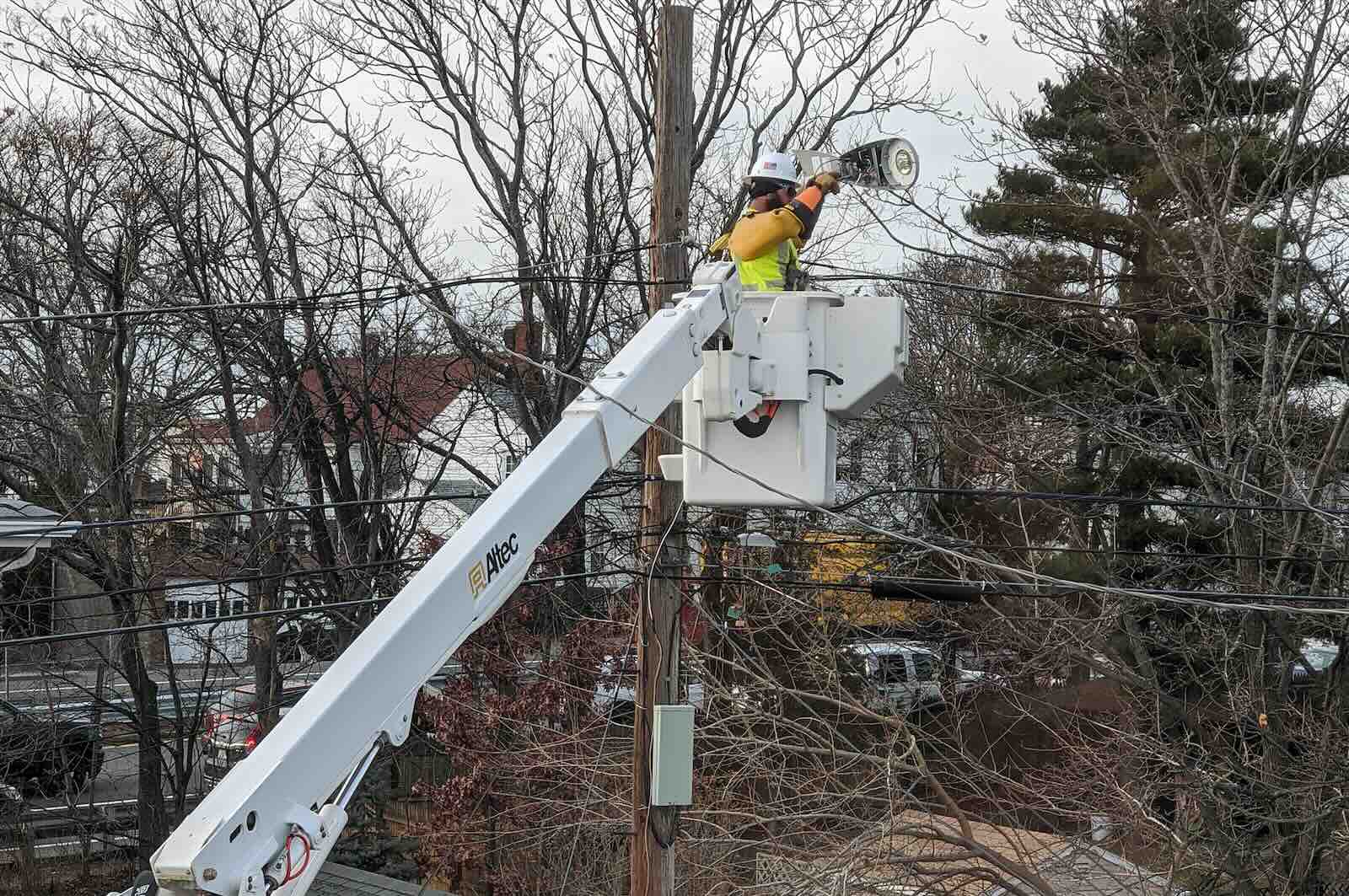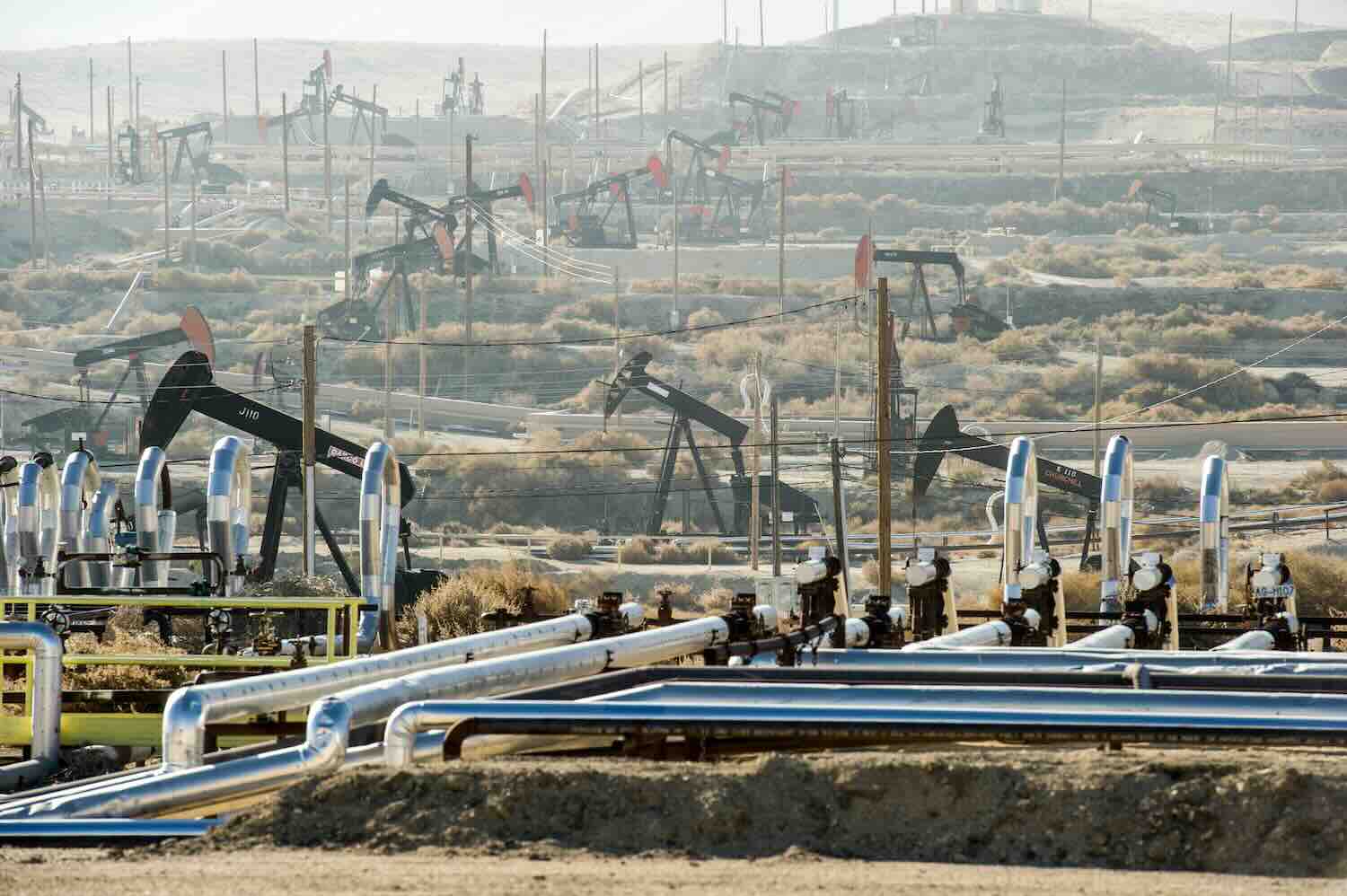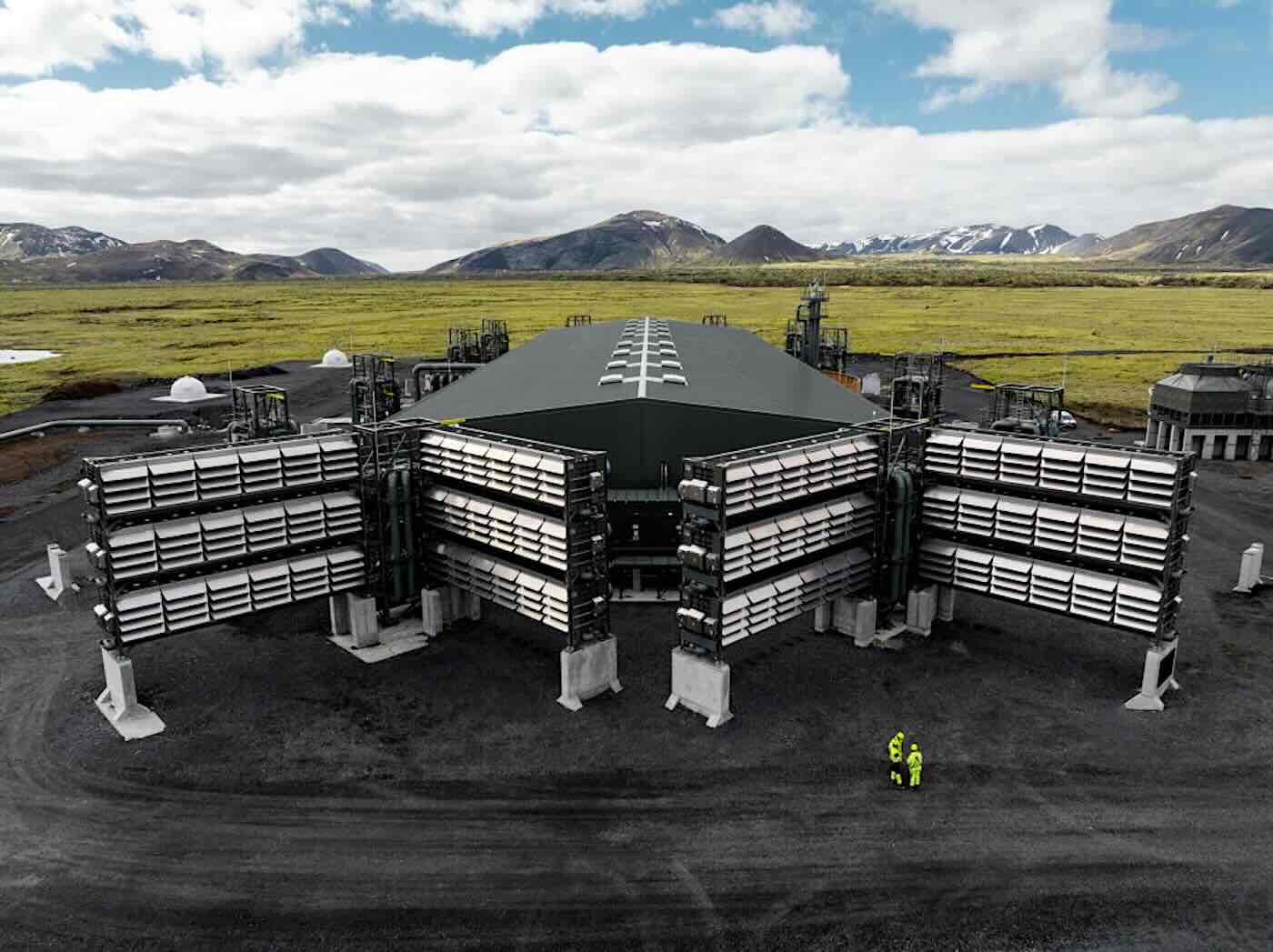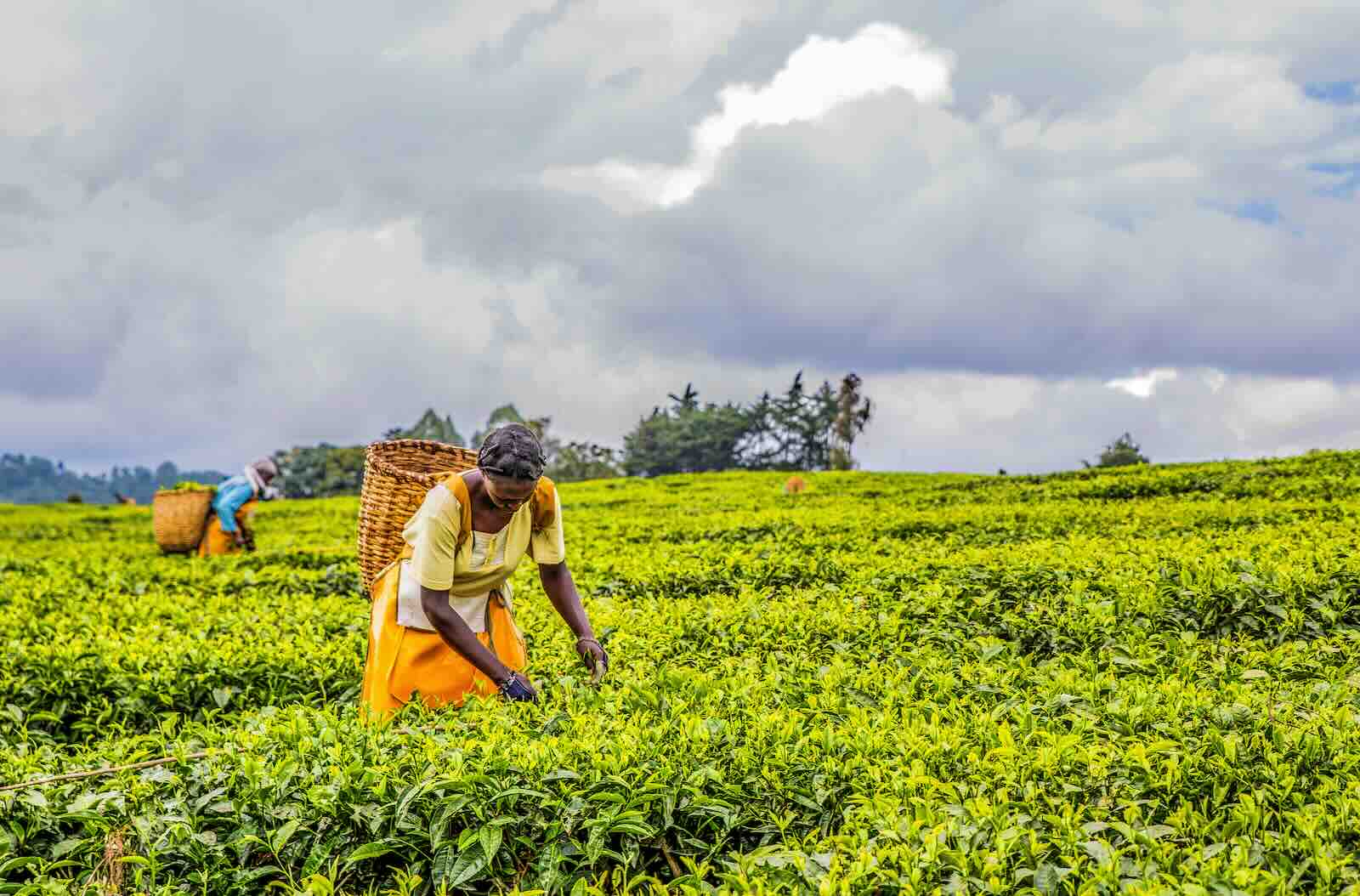ImpactAlpha, Sept. 27 – Transitions are rarely a straight line. That is especially true of the massive global shift underway to a low-carbon economy.
The smart minds at Generation Impact Management have been charting the energy transition’s progress and bumps in their annual Sustainability Trends Report.
“We believe this transition is still in its earliest stages, and that accelerating it is essential to human welfare and to the preservation of the natural world,” write Generation’s Al Gore and David Blood in the sixth edition of the data-packed report.
New climate investments by the U.S. will lead to a “historic acceleration of the sustainability revolution,” they say.
Among the takeaways: Developed nations are reducing emissions, but growing nations are quickly increasing theirs. Money is flowing to climate investments, but mostly to wealthy countries and mature sectors, not capital-starved developing nations. China dwarfs the U.S. in wind power capacity, but it is also adding prodigious amounts of coal power. And surging carbon markets have the potential to channel capital to nature-based solutions.
Russia’s invasion of Ukraine has dealt a short-term blow to climate action as energy security takes a front seat. Amid the historical tragedy, “a window of opportunity has opened,” write the authors. “If the politicians of today can match those of the mid-20th century for vision and courage, Europe has an opportunity to write a new history for the continent — and for Planet Earth.”
The annual trend-spotting exercise is always an eye-opening and mostly hopeful read. Below, we’ve rounded up some of the more thought provoking charts.











